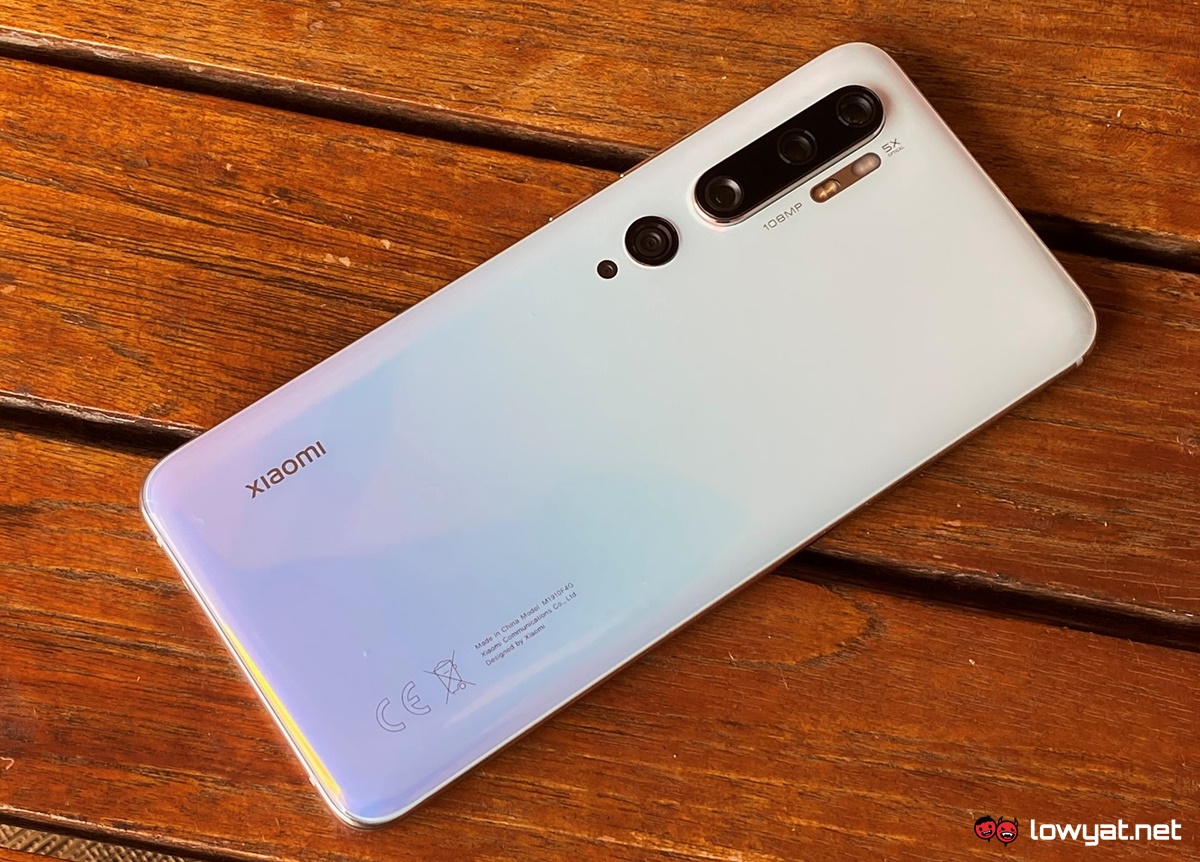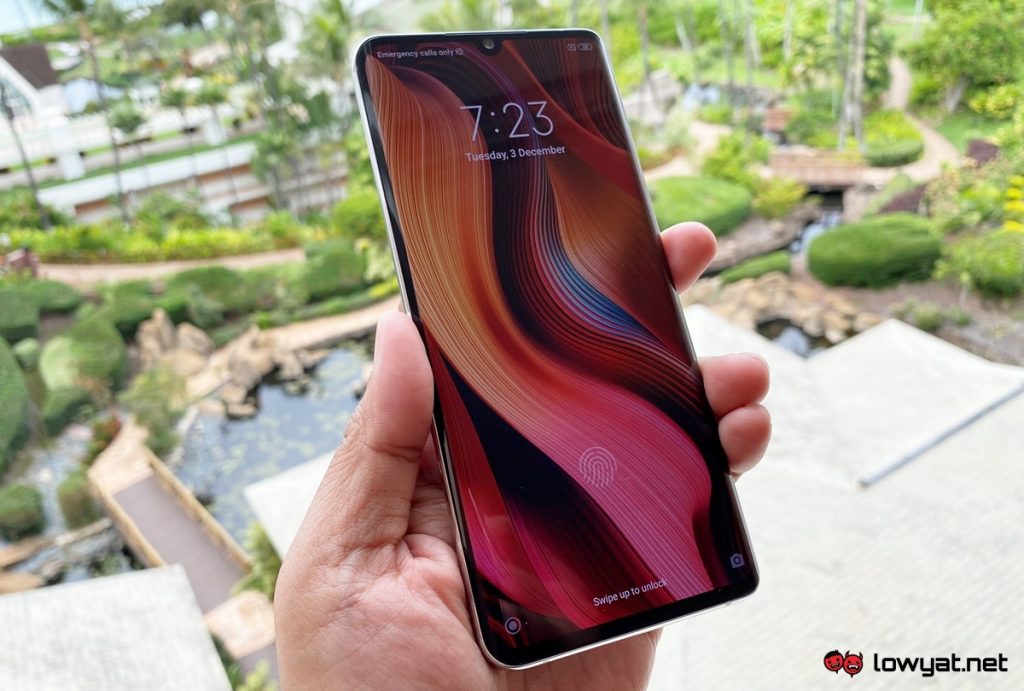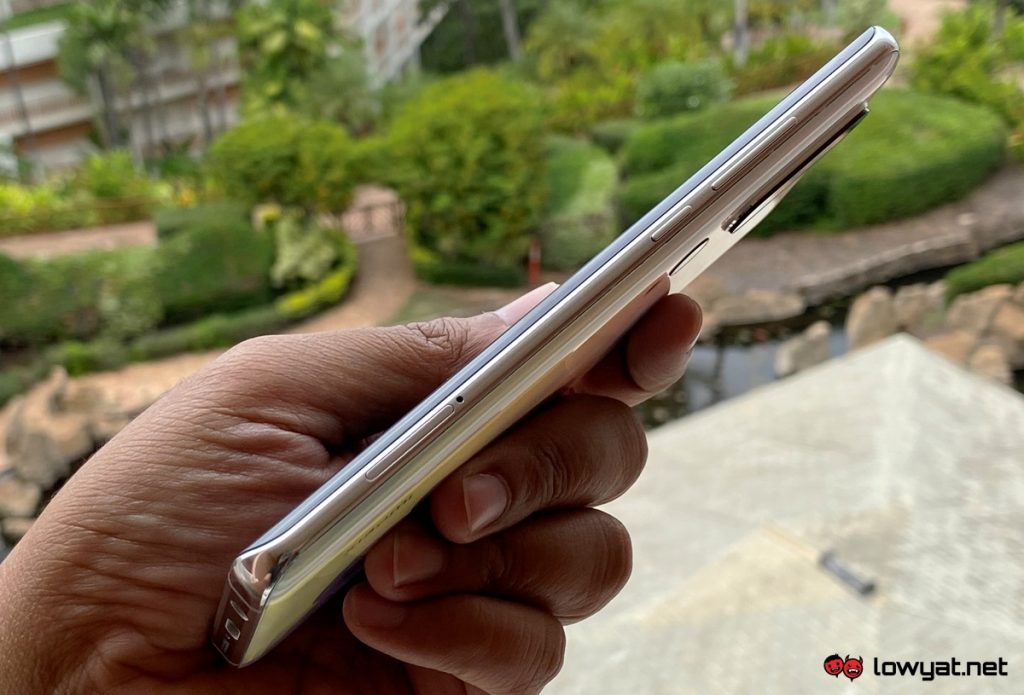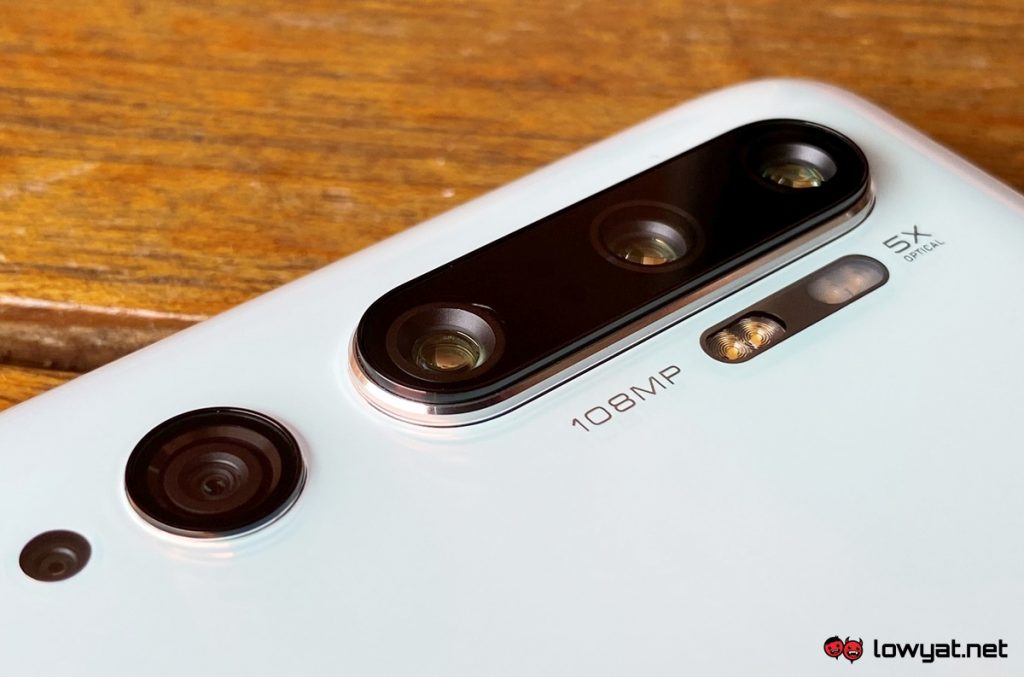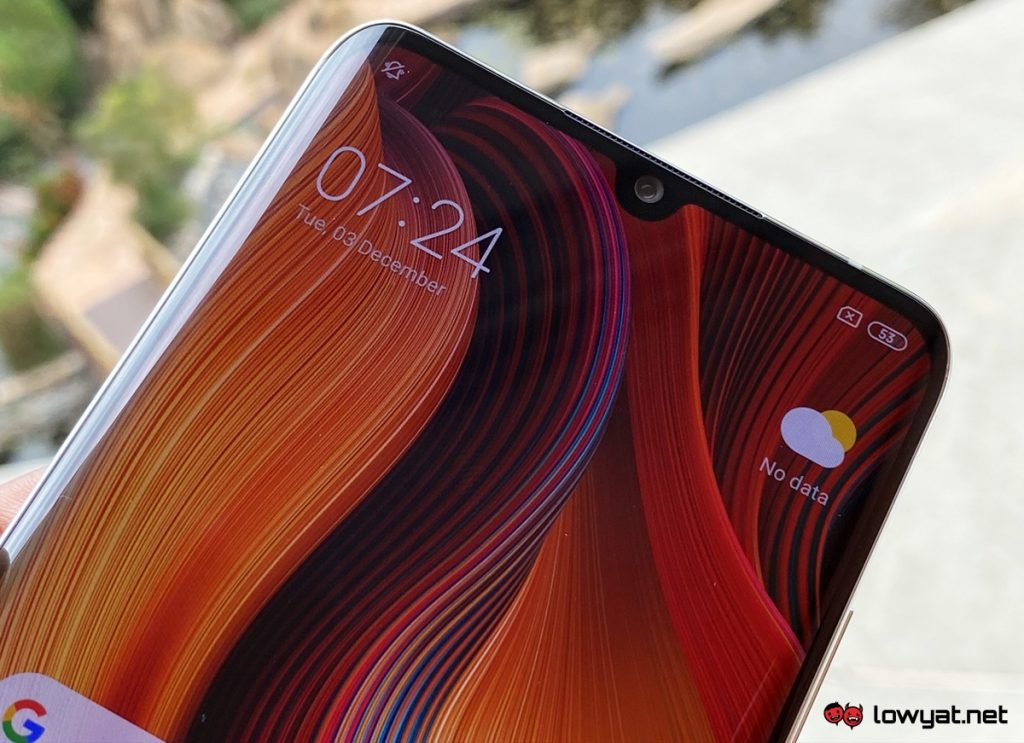As promised, Xiaomi today has officially launched the new Mi Note 10 in Malaysia. Available in two variants, the new phone also marked the official debut of the 108MP ISOCELL Bright HMX image sensor that the company co-developed with Samsung.
In terms of design language, the Mi Note 10 is generally in line with the company’s flagship Mi 9 series especially with its vertically positioned rear camera setup and waterdrop display notch. However, its 6.37-inch curved AMOLED display does give the Mi Note 10 an additional element that differentiate it from other Mi series devices.
Furthermore, the polished metal frame and Gorilla Glass-based back area add premium vibe to the phone. Out of the three colours that are available in Malaysia at launch, the Aurora Green and Glacier White which is the colour of our test unit, seemed quite outstanding.
Also known as the Mi CC9 Pro in China, the Mi Note 10 feels rather hefty when I first held it on my hand. According to its specs sheet, the phone weights around 208 grams which is 12 grams heavier than the Samsung Galaxy Note10+ but still 18 grams lighter than the Apple iPhone 11 Pro Max.
The fact that the phone comes with a rather large 5260mAh battery could be one of the factors that position Mi Note 10 on the heavier part of the scale. Speaking about battery, for those who wondering, Xiaomi has included a 30W fast charger as a standard for Mi Note 10 units in Malaysia.
If there’s any immediate beef that I had with Mi Note 10 for the time being, that would be its protruding main camera module which seemed to be a common thing with many of the existing Xiaomi phones. Since the module is sticking out of its body, this mean the phone is not able to be placed fully flat on a table although the transparent case that comes with it is thick enough to solve the issue.
Design elements aside, one of the major highlights on the Mi Note 10 is clearly its penta rear camera system featuring the 108MP Samsung ISOCELL Bright HMX sensor. The system also comes with a 12MP telephoto camera that has 2x optical zoom capability alongside another 5MP telephoto camera that can go even further at 5x optical zoom, 10x hybrid zoom, and 50x digital zoom.
Completing the penta rear camera system on Mi Note 10 is a 20MP ultra wide-angle and 2MP super macro cameras. On the frontside of the phone, there is also a 32MP selfie camera that is being housed inside the display notch.
Image samples? Of course, you want to see some image samples. Here they are:
From top to bottom: 108MP mode, 0.6x zoom, 2x zoom, 5x zoom, 108MP mode, Night Mode 1x. // More samples are available on this Flickr album.
Given the rather elaborate camera system on Mi Note 10, it is interesting to see that Xiaomi has decided to equip the phone with a mid-range Qualcomm Snapdragon 730G instead of the flagship Snapdragon 8-series chip. However, I do wonder the choice has affected the processing time for certain task on the phone such as 108MP photo mode and Night Mode.
Nevertheless, as far as my first impressions are concerned, it seems that Xiaomi has yet another gem on their hands which is mainly being driven by Mi Note 10’s premium design and advanced imagery system. There are still plenty of things that we need to learn about the phone, so check back for the full review of Mi Note 10 in the near future.
Follow us on Instagram, Facebook, Twitter or Telegram for more updates and breaking news.


